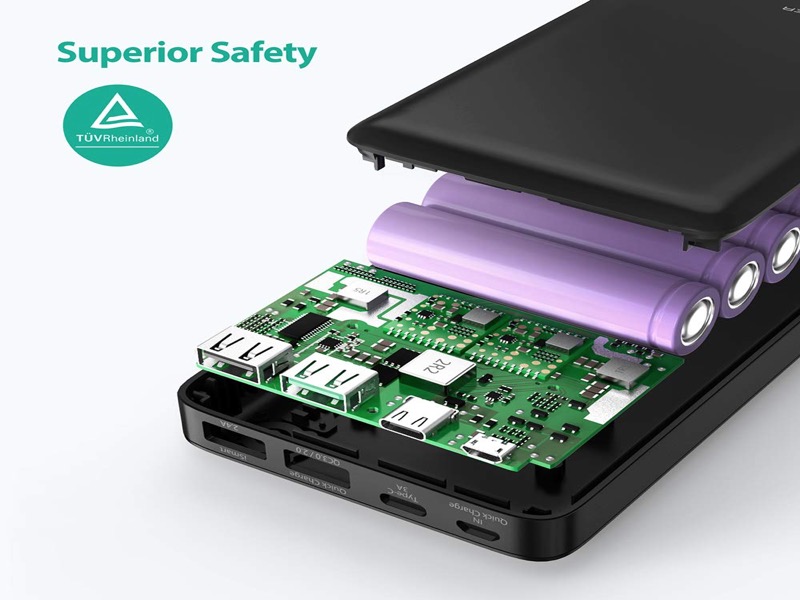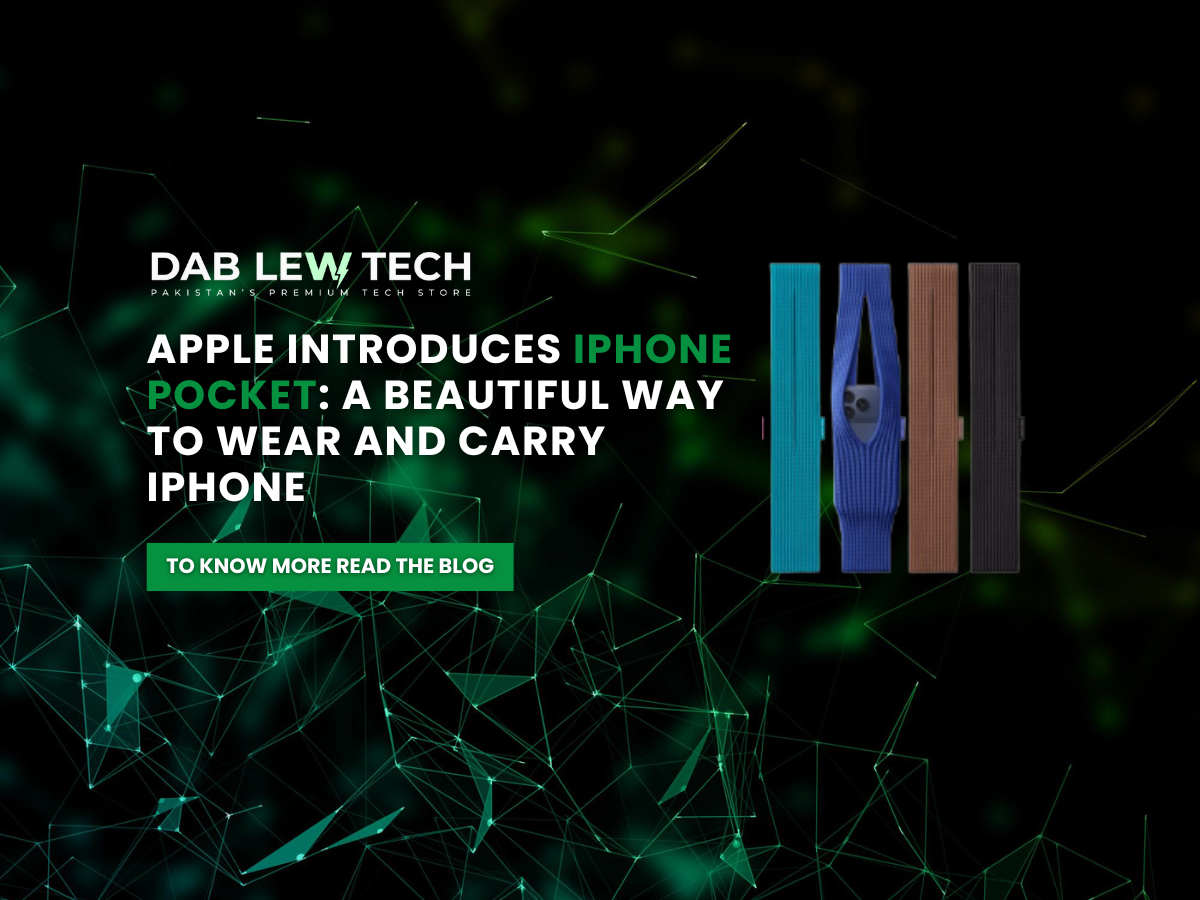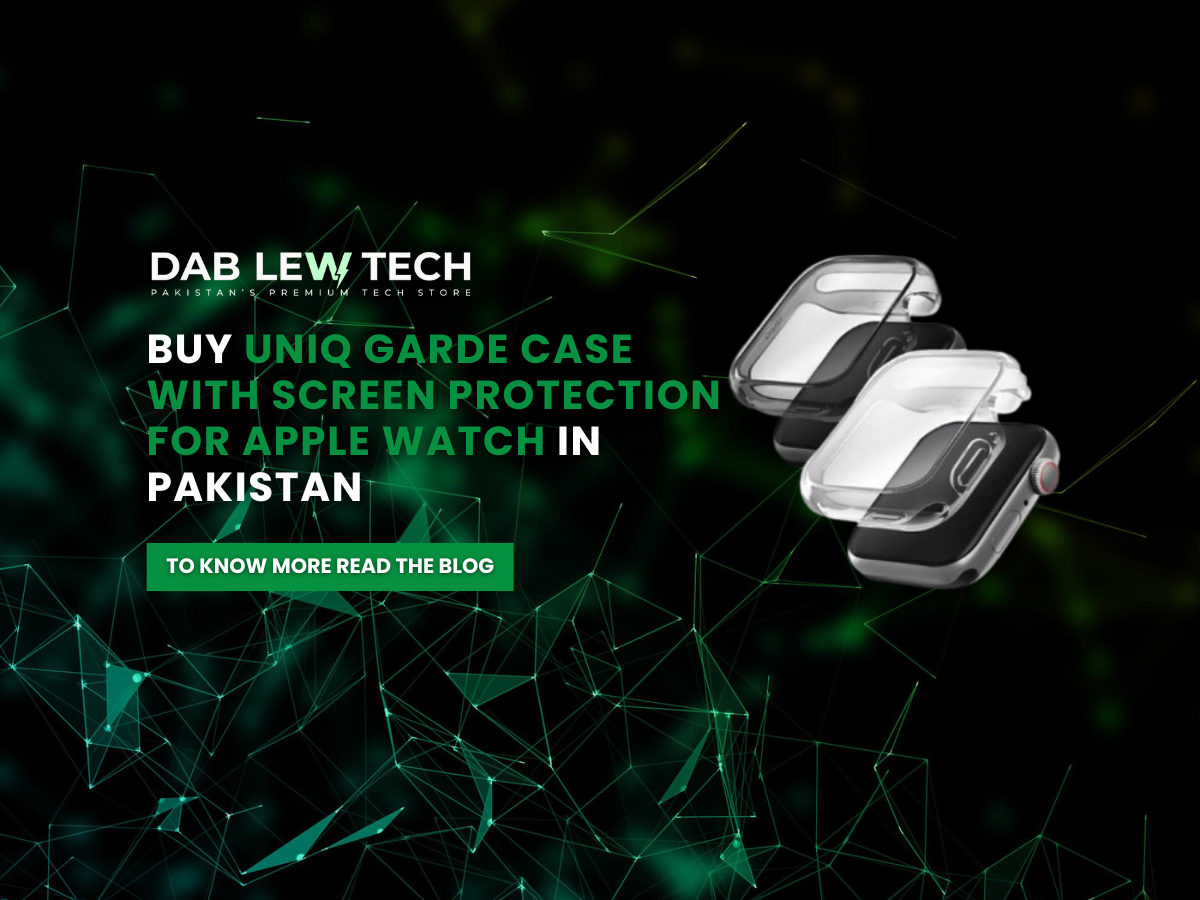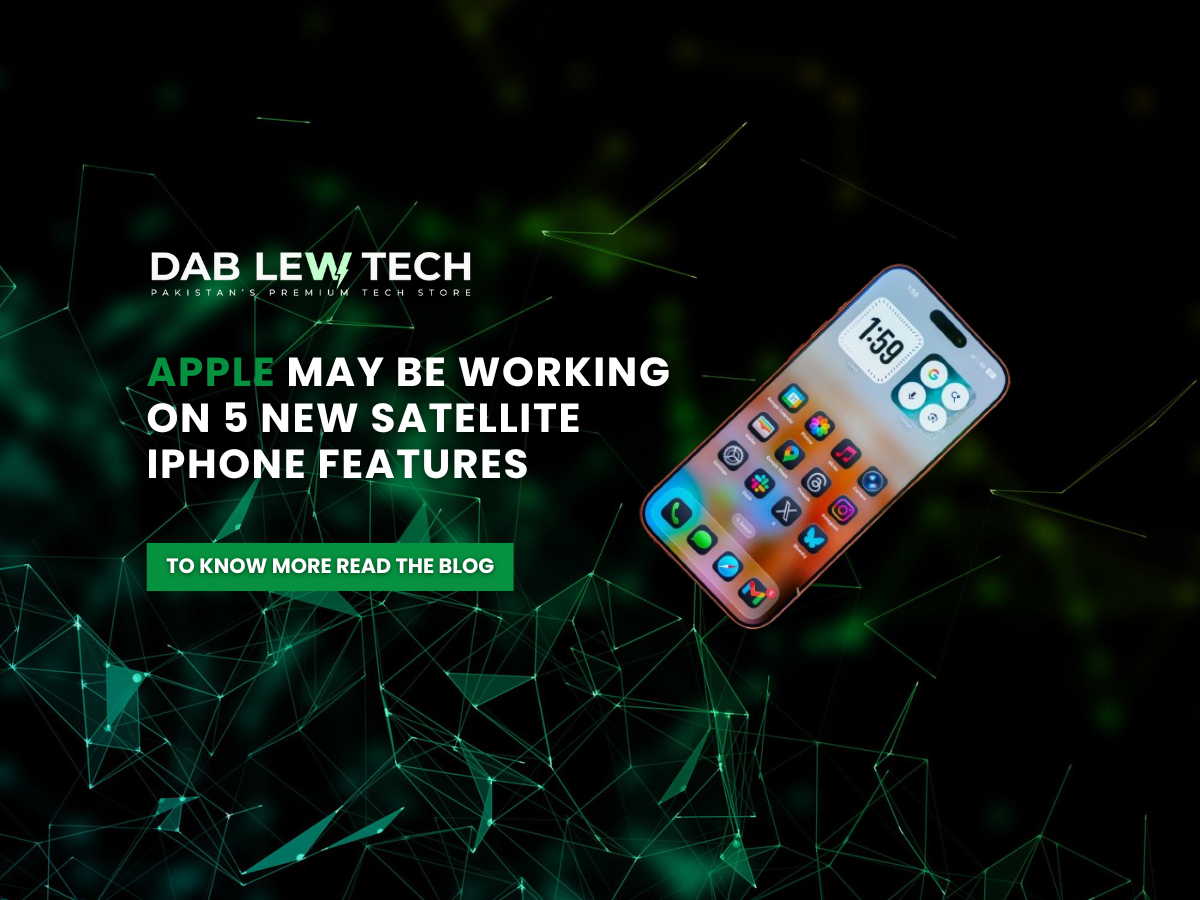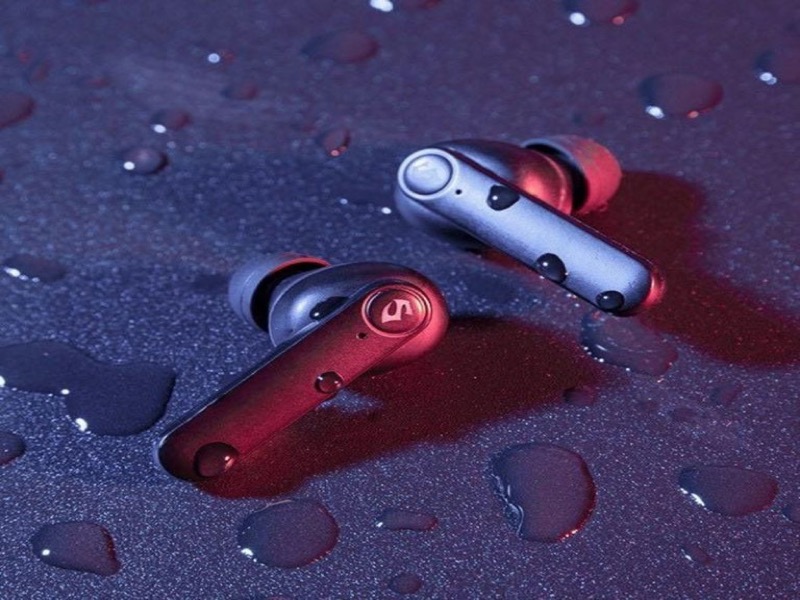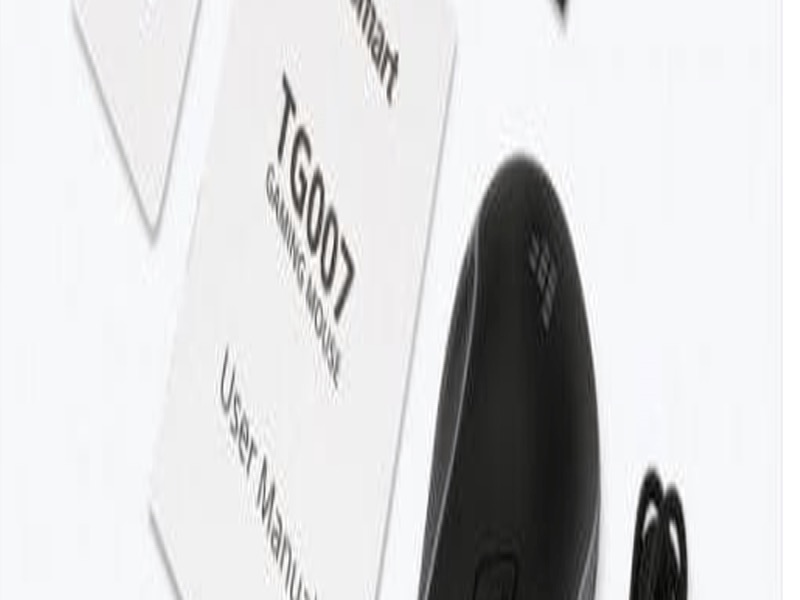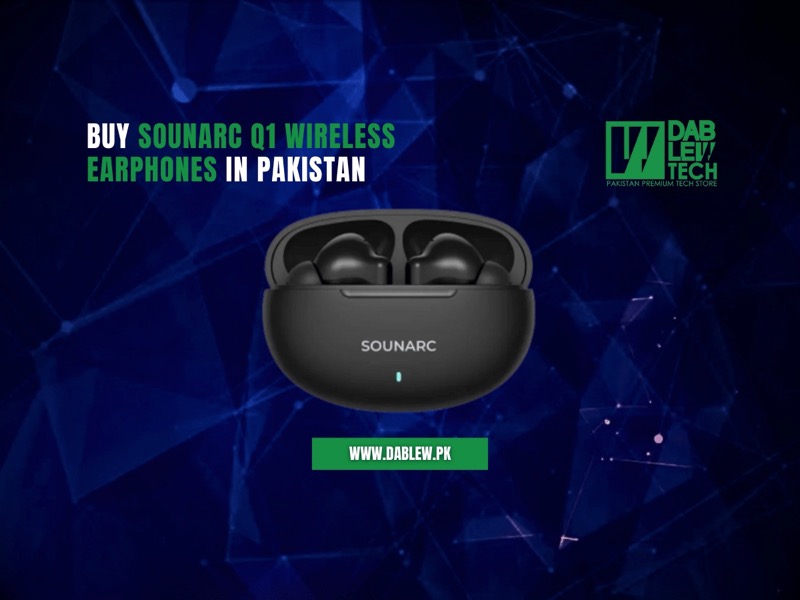The battery is a key component in a mobile phone or any gadget. All other components that make up a phone have their importance, but the battery is what keeps the gadget running.
Nowadays, you?ll see mobile phones, tablets, and similar devices with different types of batteries ? all with different qualities, and it?s the different levels of quality that determines how much power they can store for a certain time, without the need of another charge.
With recent advancements in technology, gadgets are getting smaller in size, allowing people to carry them easily, and therefore, manufacturers of phone batteries also focus on reducing the size of the batteries. This is because a bigger battery would make the gadget heavy, and therefore difficult to carry. Consequently, the technicians focus on three areas when designing batteries ? the weight, size, and chemical composition.
Let?s take a look at some of the most prominent type of batteries:
1. Lithium Polymer Batteries
Lithium batteries are the latest and most used battery technology for all smartphones. The smartphone you?re carrying right now has a lithium battery supplying power to it. These Li-poly batteries are extremely lightweight and you can rest assured that these batteries do not go through the memory effect ? which happens when batteries aren?t completely discharged for long and consequently, the battery remembers the shortened charge cycle and has the capacity reduced. Moreover, the lithium batteries provide 40% more battery health as compared to the Nickel Metal Hybrid battery, which is mostly used in cameras.
2. Lithium-Ion Batteries
Lithium-ion batteries are the most popular type of batteries. Although, these have been replaced with lithium polymer batteries, recently. The lithium-ion batteries are more expensive, and this is why they aren?t used much now.
When comparing the lithium-ion and lithium polymer batteries, both of them have the same chemical composition, but the difference comes in size. In addition to this, the lithium-ion batteries are more vulnerable to overheating, and this is why they have a separate protection circuit attached, which saves the battery from overheating and bursting. Conversely, lithium polymer batteries do not overheat and therefore do not require a separate protection circuit. As a result, these batteries can be made in small sizes.
Another major difference in these batteries is how they are used. You?ll mostly see the term, ?non-replaceable battery? with all the new smartphones in the market. This is because it has a Lithium-ion pouch cell that comes with a sealed bag having complex layers of anode and cathodes that are separated. A liquid electrolyte is infused in these layers.
The Lithium-ion pouch cells aren?t replaceable or removable for users, because they are sensitive and depend on smartphone cases for protection. At one end of this battery, there is a printed circuit board, wired to both the positive and negative terminals of the cells, which also safeguards the device from any short-circuits, the damage from overcharging, and forced discharges.
The Best Type
The type of battery that will be installed on a phone, is solely the decision of the manufacturer, who decided the weight and size of the phone. However, you should know that lithium-ion batteries have bigger capacities as compared to their counterparts, so for devices that need more time without a charge, should prefer the lithium-ion batteries.
On the other hand, if small size is the key factor, lithium polymer batteries should be considered. Also, lithium-ion batteries are relatively cheaper.?

